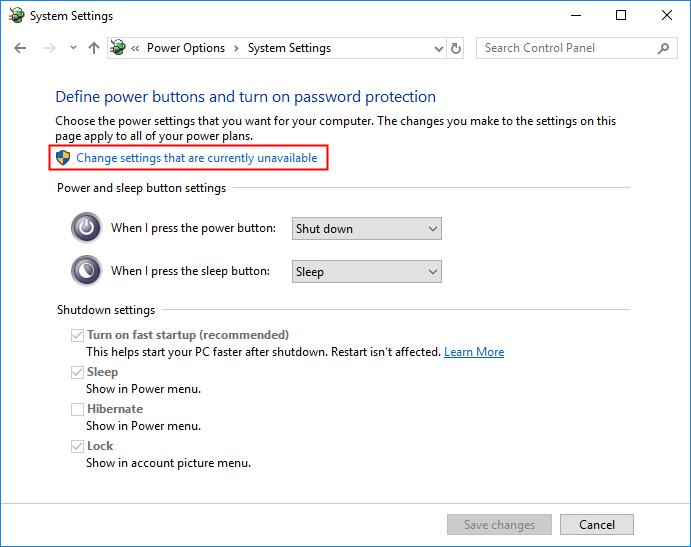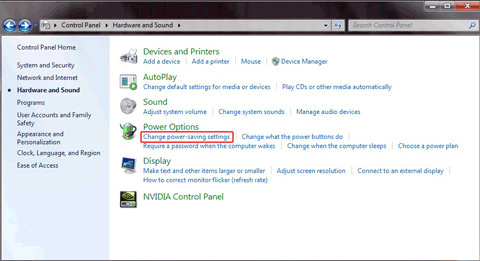
 Depending on which Windows version you’re using, access “Device Manager” following the steps explained above.
Depending on which Windows version you’re using, access “Device Manager” following the steps explained above. 
This may occur when you’ve only installed new devices but haven’t enabled the right settings.

If drivers are outdated, it could be the reason why the PC won’t wake up.Īnother reason why this may be happening is that your mouse or keyboard, or both, aren’t allowed to wake up your computer. The first step is to update the device drivers on your PC. After the 1903 Windows 10 update, some users have complained that their PCs won’t go into sleep mode. It’s not uncommon that a Window update delivers a glitch that usually requires a prompt solution in the form of another update. While these updates will often solve one problem, they may give rise to another. Regular Windows updates are a matter of routine when you’re a PC user. What to Do if Your PC Won’t Go to Sleep After Update Steps 4 and 5 are the same as for Windows 10 and 8.
Now, select “Change when the computer sleeps, followed by “Change advanced power settings.”. Select “System and Security” then “Power Options.”. Hit the Windows key on your keyboard and select “Control Panel.”. If you’re using Windows 7 and XP, you can do the following: As a shortcut, you can select “Restore plan defaults.” This should automatically revert your PC to the standard settings that will enable sleep mode. You can also enable or disable hibernation and allow wake timers by adjusting settings manually. You can expand each feature and customize the power setting. 
The “Power Options” screen will pop up. Then, select “Change advanced power settings.”. Now, click on “Change plan settings” in the next window. Click on “Power & Sleep,” then scroll and select “Additional power settings.”. Go to Start and click on “Settings,” followed by “System.”.








 0 kommentar(er)
0 kommentar(er)
